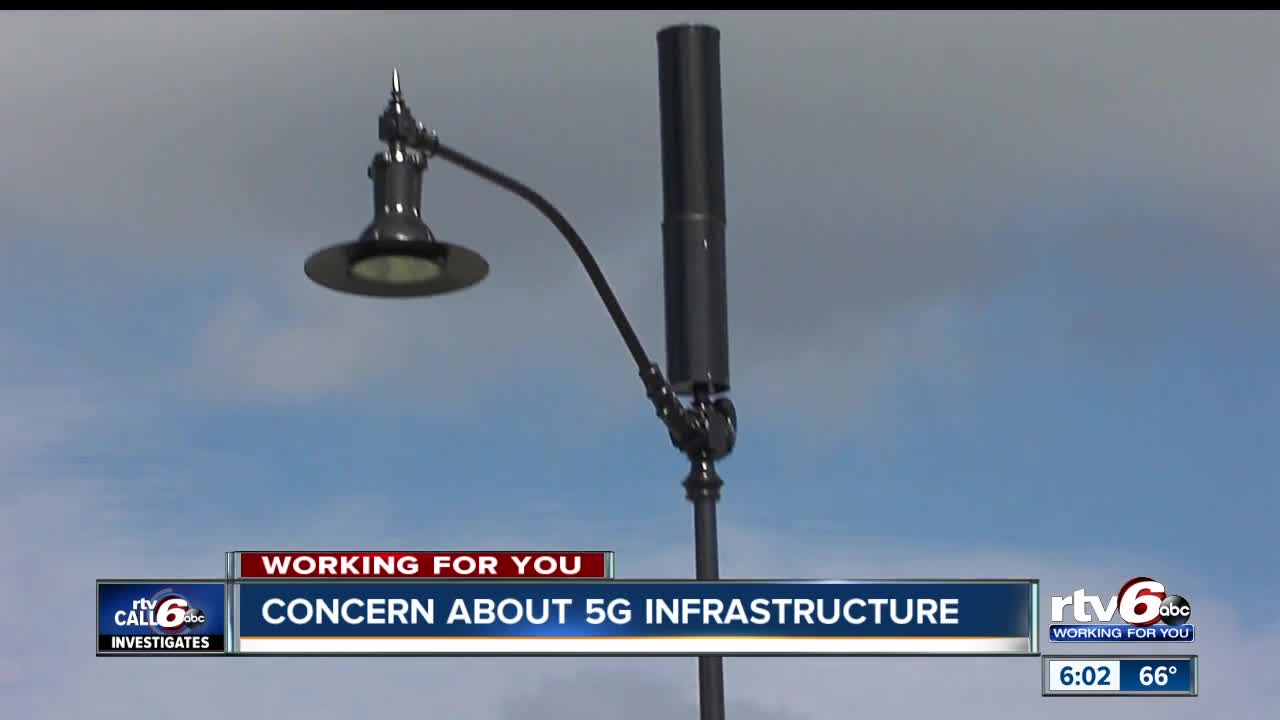If you've ever been through a city, you may have seen tiny 5G cell towers on the poles of street lights. They look like small boxes however, they're actually transmitting wireless signals from mobile providers to your phone.
They are replacing larger, purpose-built cell towers. Although they're not as visible but they can still create issues for users.
The of the FCC's Radiation Exposure Thresholds
The FCC's Radiation Exposure Thresholds determine the safe distance that one can expose to electromagnetic energy generated by wireless devices. The exposure limits are based on scientific data which show that the energy of RF could be harmful to human health.
The absorption rate specific (SAR) is a measure of the amount of radiofrequency energy that is absorption by tissues. It is typically 1.6 Watts per kilogram averaged over one gram of tissue.
But, since 5g operates at higher frequencies, it has the potential to cause greater energy intensity on the skin and other exposed body parts. This can result in various possible harms, such as an increase in the development of skin conditions like dermatitis, cancer of the skin and cataracts.
Due to the potential for negative effects of 5G radiation, PSU has chosen to set a general localized maximum power density of four MW/cm2 based on the average over 1 cm2, and not to exceed 30 minutes, for the entire 5G spectrum at 3000 GHz. This localized limit is consistent with the highest spatial-average SAR of 1.6 W/kg, averaged over one 5 grams of body tissue, at 6 GHz.
The FCC's Maximum Exposure Thresholds for Maximum Exposure
In the event that you've used mobile phone, then you've probably realized that a safe location from the tower is at least 400 meters. This is due to the power of the transmission of the cell tower is significantly increased the further away your location from the tower.
While this sounds like an ideal idea but the truth is that people who live close to towers may actually be more prone to health issues. For instance, a 2014 study in India found that those who lived within 50 meters of cell towers had significantly more health complaints than those who were away from the antennas.
However, this study also found that people who moved into areas farther away from the cell towers saw their symptoms return to normal within a few days. Other studies have demonstrated that exposure to extreme amounts of electromagnetic field radiofrequency (EMFs) can cause brain tumors, cancer, and other health problems.

what is a safe distance from a 5g cell tower is due to the fact that radiofrequency radiation, used in wireless communication can penetrate the human body's outer layer, which is the skin. This is vital to be aware of because the skin serves as a shield against mechanical injury, infection by pathogenic microorganisms, and infiltration of toxic substances. Additionally, it is the largest organ in the human body and is accountable for maintaining the integrity of other organs.
The FCC's Minimum Exposure Thresholds for the Minimum Exposure
The FCC's Minimum Exposition Thresholds are based upon various assumptions that aren't supported by scientific research. These include the erroneous belief that short-term exposures RF radiation is safe because of the minimal absorption into body (i.e. the heating of tissues).
This also overlooks the deeper penetration of the ELF parts of the modulated RF signal, as well as the effect of short bursts of heat generated by RF waves that are pulsed. Get more information do not correspond with the current understanding of biological effects of RF radiation. As such https://pastebin.pl/view/d8cfe2f8 shouldn't be considered for health protection exposure standards.
In addition, the ICNIRP and FCC limit its maximum levels of radiation exposure for local peak SARs that are based on the maximum spatial specific absorption rate (psSAR), which can be described as an inadequate dosimetric tool to assess the amount of exposure to radiofrequency radiation. In particular, psSAR is inaccurate when frequencies exceed 6 GHz. Furthermore, psSAR has not been tested for RF radiation exposed to other environmental agents , such like sunlight. The interactions of RF radiation with other agents in the environment could produce synergistic or antagonistic results. This can lead to an increased risk of negative health adverse effects. For instance, exposure to RF radiation with sunlight may raise the chance of skin cancer, as well as aggravate other skin disorders, such as acne.
